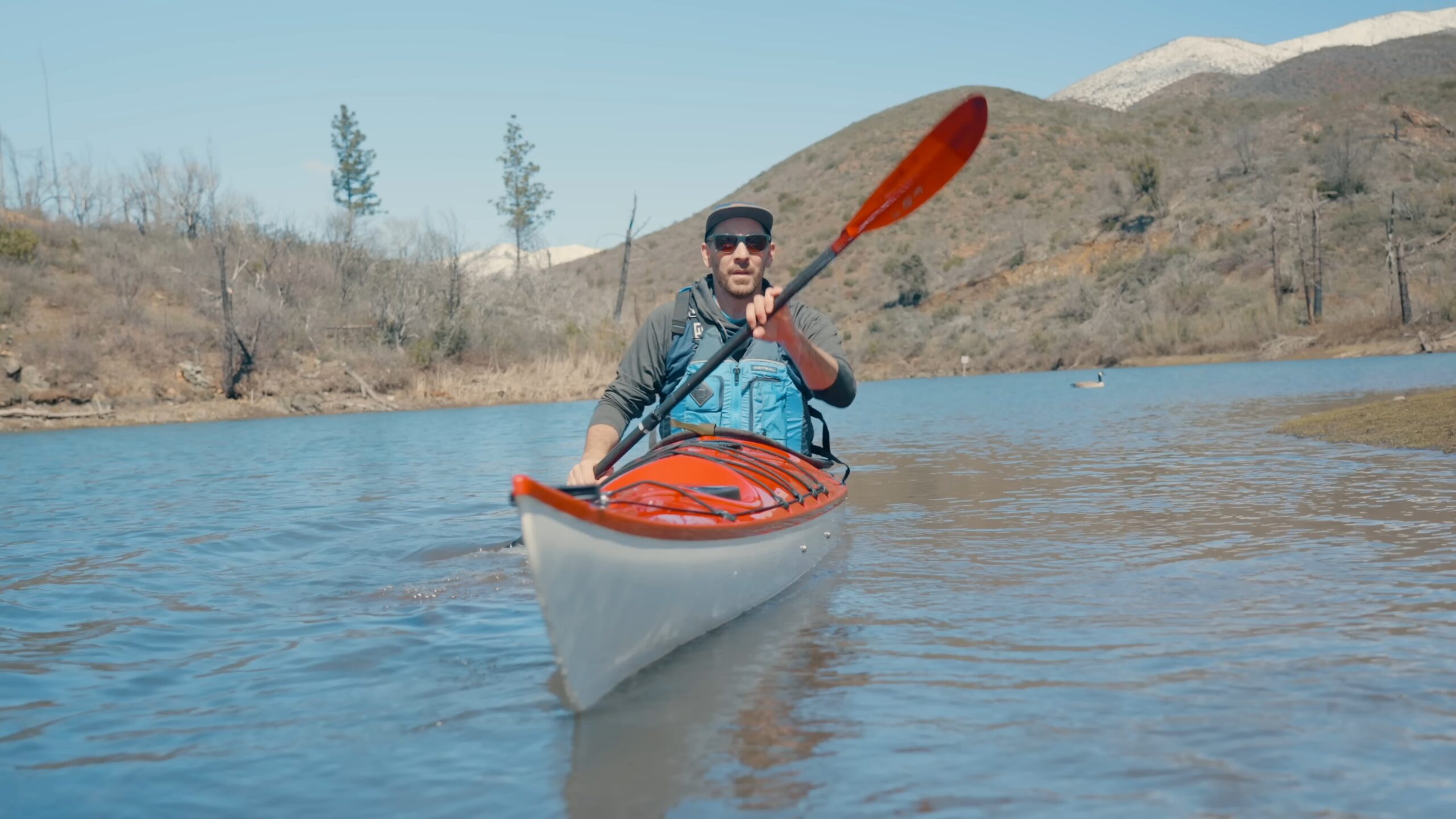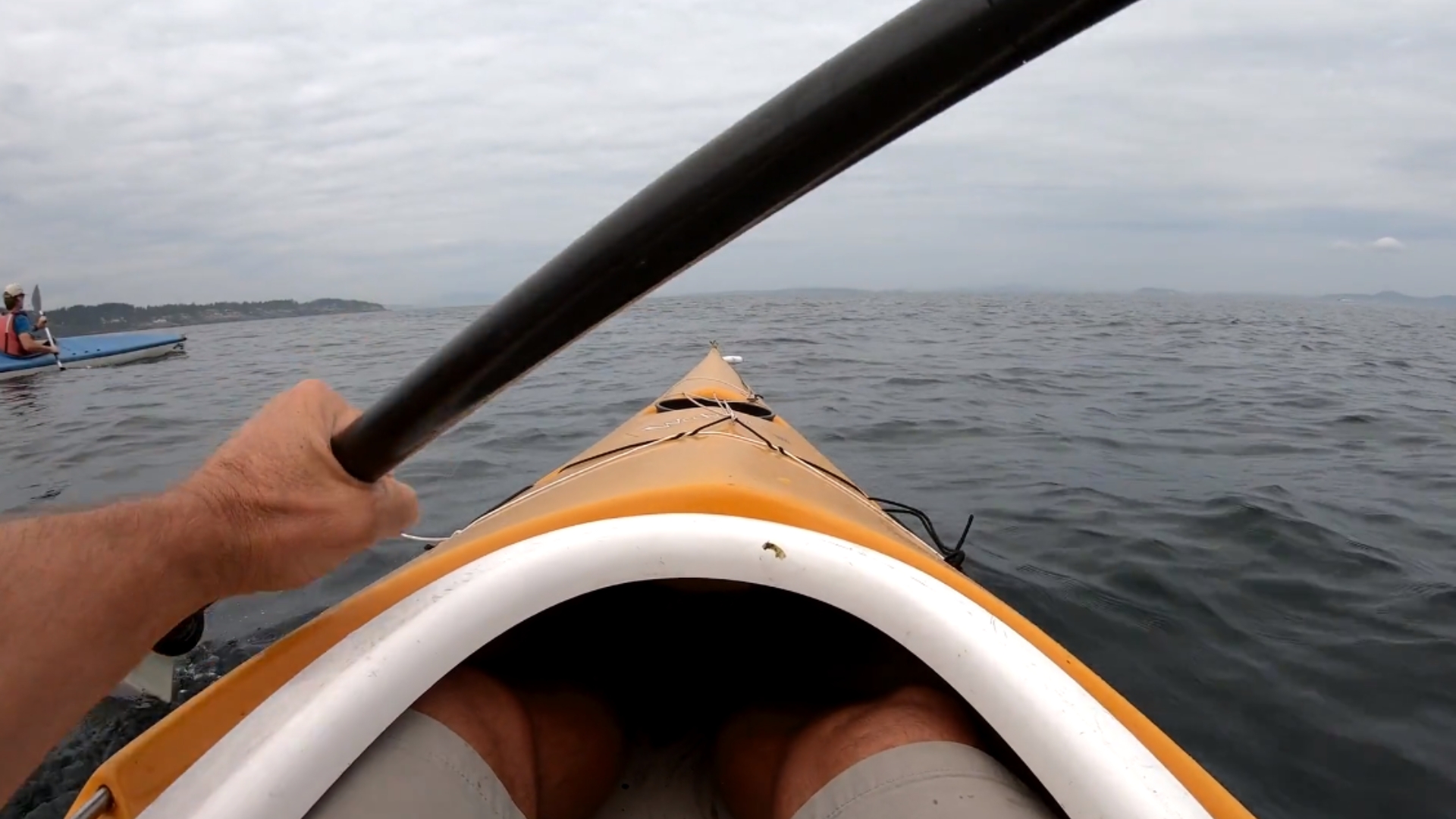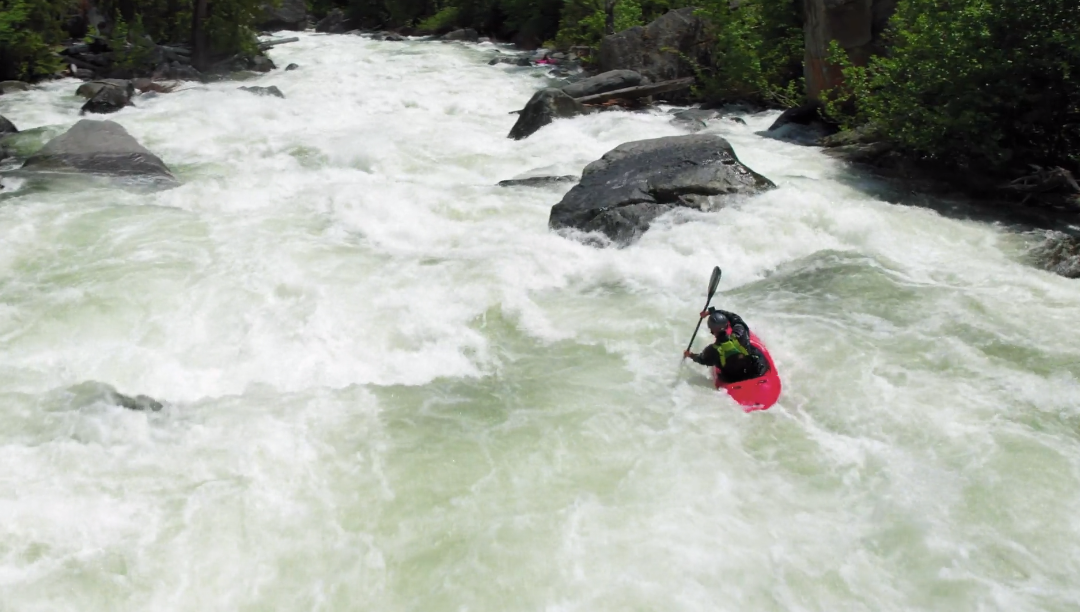Welcome to the world of kayaking, a sport where adventure meets tranquility, and every stroke through the water brings a new discovery. But before you can chase the horizon or navigate the playful rapids, there’s one fundamental skill every kayaker must master: holding the paddle correctly.
It might seem straightforward, but the way you hold your paddle is the cornerstone of your experience. It affects everything from the efficiency of your stroke to your comfort and endurance on the water.
In this guide, I’ll share essential tips and techniques to help beginners hold their paddles like seasoned kayakers. So, grab your paddle, and let’s start!
Table of Contents
ToggleThe Importance of Proper Paddle Grip
The way you hold your paddle directly impacts your kayaking experience. A proper grip ensures that you can paddle more efficiently, reducing fatigue and increasing your control over the kayak. It also minimizes the risk of strain or injury, particularly important during longer excursions.
Key Elements

- Orientation: Ensure the concave part of the blades faces you, optimizing water catch and pull. Your hands should be slightly wider than shoulder-width apart. A useful method to find the right placement is to hold the paddle above your head, ensuring your elbows form a 90-degree angle.
- Hand Placement: Your hands should be slightly wider than shoulder-width apart. A common method to find the right placement is to hold the paddle above your head with your elbows at a 90-degree angle.
- Relaxed Grip: Grip the paddle firmly but not too tightly. A relaxed grip reduces fatigue and strain on your hands and arms.
Common Mistakes to Avoid

- Over-gripping: Many beginners tend to over-grip the paddle or place their hands too close together or too far apart, which can significantly reduce paddling efficiency. Also, this can lead to quick fatigue.
- Incorrect Hand Placement: Hands too close together or too far apart reduce paddling efficiency.
- Wrong Blade Orientation: Another common error is incorrect blade orientation, where the paddler does not keep the concave side facing them, making paddling more laborious and less effective.
Paddle Stroke Techniques
| Stroke Type | Description | Phases |
|---|---|---|
| The Forward Stroke | The most basic yet essential kayaking stroke. | Catch: The paddle blade enters the water near the kayak’s bow. Power Phase: Pull the blade through the water alongside the boat. Release: Lift the blade out of the water, preparing for the next stroke. |
| The Reverse Stroke | Used for slowing down or moving backward. | Catch: Blade enters the water near the hip, facing backward. Power Phase: Push the blade forward through the water. Release: Lift the blade out of the water. |
| The Sweep Stroke | Essential for turning the kayak. | Sweep Motion: Wide, sweeping motion with the paddle, starting at the kayak’s bow and moving in a wide arc toward the stern. Completion: Lift the blade out of the water as it reaches the stern. |
Advanced Paddling Techniques
The Low Brace
The low brace is a technique used to stabilize the kayak when you feel unsteady. It involves holding the paddle horizontally over the water, with the back of the blade facing down, and pressing down on the paddle blade to brace against the water if you start to tip.
The High Brace
The high brace is similar to the low brace but is used in more aggressive water conditions. You hold the paddle vertically, with the power face of the blade facing down, and lean into the paddle, pressing down against the water to stabilize.
Edging and Leaning
Edging and leaning are advanced techniques for better maneuvering, especially during turns. Edging involves tilting the kayak slightly to one side while keeping your upper body upright. Leaning is a more aggressive form of edging where you lean your body along with the kayak.
Safety and Comfort Tips
Choose the Right Paddle
The right paddle can make a significant difference in your kayaking experience. Factors like your height, the width of your kayak, and your paddling style should influence your choice.
| Factor | Description | Details |
|---|---|---|
| Length | Dependent on the paddler’s height, kayak width, and paddling style. | – Taller paddlers generally need longer paddles. – Wider kayaks require longer paddles. – High-angle paddlers may prefer shorter paddles for quicker strokes, while low-angle paddlers often choose longer paddles for efficiency. |
| Blade Shape and Size | Varies based on the type of kayaking. | – Narrow and long blades are efficient for long-distance touring. – Wide and short blades are suitable for quick, powerful strokes, ideal for whitewater or surf kayaking. |
| Materials and Weight | Affects the paddle’s weight, durability, and cost. | – Aluminum and Plastic: Affordable but heavier. – Fiberglass: Balances weight, performance, and cost. – Carbon Fiber: Lightweight and efficient but more expensive. |
| Shaft Design | Can be straight or bent. | – Bent shafts can reduce wrist strain and improve stroke efficiency. – Choice depends on personal comfort and preference. |
| Feathering | Blades are offset at an angle to each other. | – Reduces wind resistance on the blade out of the water. – Angles can vary, and some paddles offer adjustable feathering. |
| Testing and Preference | Personal comfort and fit are crucial. | – Testing different paddles is recommended to find the most comfortable and natural fit. – Pay attention to how your shoulders and arms feel after paddling. |
Dress for the Conditions

Appropriate clothing is vital for comfort and safety. In colder climates, a wetsuit or dry suit can keep you warm. In warmer conditions, lightweight, quick-drying clothing is preferable. Always consider the water and air temperature when planning your kayaking attire.
Take Regular Breaks and Hydration
Taking regular breaks is crucial during long paddling sessions. These breaks allow you to stretch, rest, and hydrate, helping to prevent muscle fatigue and strain.
Safety Gear
Safety should always be a priority. A life jacket is a must, regardless of your swimming skills. Other safety gear, like a whistle, a bilge pump, and a first-aid kit, should also be part of your kayaking equipment.
FAQs
Is there a difference in paddle-holding techniques for calm water versus rough water kayaking?
Yes, in rough water or whitewater kayaking, paddlers often use a firm grip and a high-angle stroke for better control and power. In calm water, a more relaxed grip and a low-angle stroke are commonly used for efficiency and endurance.
How do different paddle lengths affect my grip and paddling technique?
Longer paddles require a wider grip and are often used with a low-angle stroke, suitable for longer, more relaxed trips. Shorter paddles are better for high-angle strokes, providing more power and control, which is useful in rapid or challenging waters.
Should my paddle grip change as I gain more experience in kayaking?
As you gain experience, you might find your grip naturally adjusts for better efficiency and comfort. Experienced kayakers often develop a more nuanced grip, adjusting their hold based on the conditions and their paddling style.
Can the way I hold my paddle impact the maneuverability of the kayak?
Absolutely. The way you hold your paddle affects stroke efficiency and power, which in turn impacts maneuverability. A proper grip allows for more precise control of the kayak, especially during turns and in challenging conditions.
Are there specific paddle-holding techniques for kayak racing?
In kayak racing, paddlers often use a very firm grip and a high-angle stroke for maximum power and speed. The grip is dynamic, allowing for quick, powerful strokes with minimal energy loss, which is crucial in competitive racing scenarios.
Summary
Mastering the correct way to hold a kayak paddle is a crucial step for any beginner in the sport. It’s a skill that might seem minor at first glance, but it has a significant impact on your overall kayaking experience.
Proper paddle handling ensures more efficient strokes, reduces the risk of fatigue and injury, and enhances your control over the kayak. As you spend more time on the water, these techniques will become second nature, allowing you to focus more on enjoying the journey and less on the mechanics of paddling.
Remember, like any skill, it takes practice and patience.
Meet Maria Alexander, the fearless adventurer steering the ship at KayakPaddling.net. Her mission? To convince you that life’s too short for dry land and that the best stories always start with “So there I was in my kayak…”
Related Posts:
- 16 Best Kayak For Beginners 2024 - Kayaking Adventure Gear
- Heavy Duty Fishing: 11 Best Rods And Reels For Big Fish 2024
- 10 Best Fishing Canoes 2024 - All-Around and Trolling
- 10 Best Fish Finders Under $200 2024 - Top Affordable Picks
- 10 Best Kayaking Dry Bags For Paddlers 2024 -…
- 10 Best Saltwater Fishing Boats - Ultimate Angling Adventure












